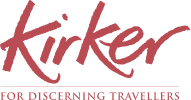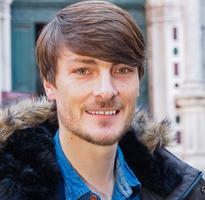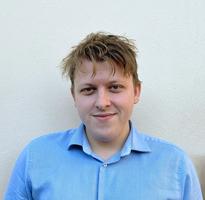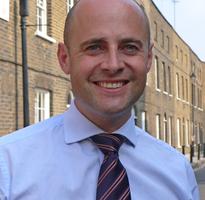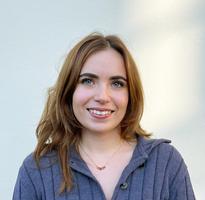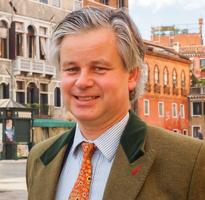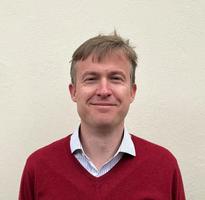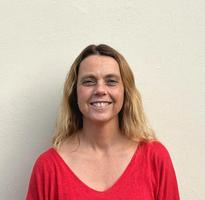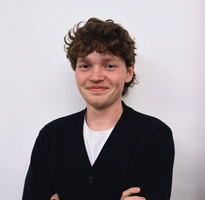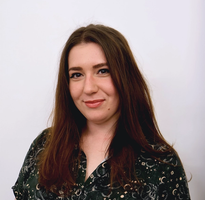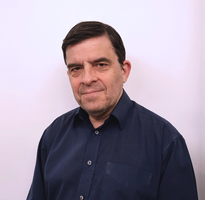One thing I would say after visiting Berlin is that 2 days is not long enough! Berlin has so much to offer that to try and fit it all in over such a short space of time is to do it an injustice. However, I wasn't complaining as this was a work trip after all so a tight schedule had to be adhered to.
Berlin has so much to see, (especially the museums) that I would recommend a minimum 3 nights there. The city is also quite spread out so using the U-bahn or S-bahn is the best way to get around, as well as being very reasonably priced
As Concierge, my main duty was to experience Berlin for its cultural aspects and so I wanted to fit in as many of the city's sights as possible. A private guide for a half day is the best way to see any city and this would always be recommended.
Getting around Berlin is very easy. The main central area can easily be navigated by foot. The city's sprawling but very manageable U-Bahn (underground) and S-Bahn (overland) train system is one of the best in Europe; very cheap and extremely reliable.
At the western end of the Alexanderplatz, a bustling square with the imposing Fernsehturm Television Tower, is the DDR Museum, a fascinating insight in to life behind the Berlin Wall in East Berlin. The museum is certainly worth a visit, it was very busy when I was there and most people seemed to be crowding around the old Trabant car taking it in turns to try and start the engine. The replica apartment was most interesting, showing various household items from everyday life under Communism and pieces of recording equipment used by the Stasi to keep tabs on their fellow countrymen. The museum does get busy so it worth getting there early.

Just across the River Spree from here is the Museuminsel (Museum Island), a collection of five excellent, internationally renowned museums. I chose to visit two of the museums although it is possible to buy a combined ticket allowing visitors to experience all five. The Alte Nationalgalerie, which houses mainly 19th Century works of art including Impressionist pieces from Monet. The Neues Museum, which was destroyed during the Second World War, was re-opened in 2009 after the rebuild was overseen by English architect David Chipperfield. The museum houses many important ancient Egyptian and Greek artefacts as well pieces from the Stone Age and pre historic eras. You could easily spend two days visiting the excellent museums of the Museuminsel.
Continuing on down the Unter den Linden I stopped at the Berlin Staatsoper, hoping to have a peek in to the auditorium. Berlin is a major hub for opera and classical music. There are three opera houses and also the Berlin Philharmonie Hall and Konzerthaus as well as many other smaller venues. As Concierge I often book tickets for clients at all of these venues so it was worthwhile trying to see them all. The Komische Oper just round the corner from the Staatsoper specialises in German language productions of operas and operettas. I was able to go in to this modest but elegant auditorium and what struck me was the intimacy of it. An excellent option if there are no other performances taking place at the Staatsoper or Deutsche Oper and tickets are considerably cheaper.
Near the Komische Oper is the Gendarmenmarkt square where rehearsals were taking place for one of the Summer's open air concerts in the square. The concerts take place throughout the summer every year and if you don't happen to have a ticket there is a section at the back which allows standing for free. It is a lovely setting and recommended is a pre or post concert meal at the Refugium restaurant on the square, with tables outside.
From here I headed down Friedrichstraße towards Checkpoint Charlie, the most famous border crossing between West and East Berlin which remains to serve as a reminder of the Cold War and the fascinating recent history of Berlin. The actual sight of Checkpoint Charlie has inevitably become a tourist hotspot with people clamouring for photos with actors dressed in East German and American army uniform. However, the Mauermuseum Haus Am Checkpoint Charlie really is a great museum to learn about the history and the struggles of regular Germans, who found themselves trapped behind the wall. The museum gives detailed accounts of successful and failed attempts to escape in to West Berlin. They have photos of people desperately jumping from windows or making other elaborate attempts to escape. I was only 8 when the Berlin Wall came down but being in Berlin and seeing the exhibition really brought home to me how recently all of these events took place and how they must still be in the minds of most Berliners.
Walking south from Checkpoint Charlie I then visited the Judisches Museum (Jewish Museum), a somewhat sobering museum given the turbulent and horrific times the Jews experienced under Nazi rule. The museum houses the Holocaust Tower, a memorial to those who lost their lives and is a quiet, concrete, triangular shaped room which is perfect for contemplation after the exhibition.
That evening we were all tired so we settled for a quick bite to eat and a couple of drinks in Kreuzberg, the lively district of Berlin where local artists, trend setters and a large Turkish Community are based.
The following day was extremely hot. Berlin in the summer can get very hot and we heard people mentioning figures of 36 or 38 degrees and it certainly felt that way. I spent the first part of the day visiting the sights in the western part of Berlin. The Deutsche Oper, with its impressive wood panelled auditorium and excellent acoustics was my starting point; an impressive building and an opera house that has a constant flow of good productions throughout the season.
Taking the U-Bahn to the Potsdamer Platz station, I went to the Philharmonie Concert Hall where the Berlin Philharmonic, currently conducted by Sir Simon Rattle, perform on a regular basis. The Chinese hat shaped building is fascinating and has a huge foyer with an exhibition of photos from past concerts. If there are no concerts taking place it is possible to join a guided tour on certain days.
Just next to the Concert Hall is the Tiergarten Park; a nice place to come to enjoy the peaceful atmosphere and many Berliners were enjoying their picnics as I walked through the park towards Berlin's most famous landmark, the Brandenburg Gate. The area around the gate is swarming with tourists taking photos and trying to imagine where the Wall once stood. It is difficult not to think about what it would have been like to be there on that night in 1989 when thousands of East and West Germans were reunited.

The afternoon was spent visiting the city of Potsdam. The city can be reached easily on the S-Bahn and takes about 40 minutes from Berlin's Hauptbahnhof station. Alternatively, people can take a private tour with a car, driver and guide. As the home of the Prussian Kings until the early 20th Century Potsdam is Germany's largest Unesco World Heritage Site. There are lots of palaces to visit and a whole day could easily be spent there exploring all the magnificent buildings. We were able to visit two of the most famous palaces. Firstly, the Sansoucci, which is the former summer palace of Frederick the Great and is often referred to as Germany's Versailles. It is very impressive, if somewhat smaller that Versailles and the gardens are great place to visit in the summer. The Cecilienhof Palace, in contrast is made up of brick and oak timber frame buildings around a large courtyard and is reminiscent of a large English farmhouse. The Cecilienhof is probably most famous for the Potsdam Conference that took place in 1945 involving the leaders of the three victorious forces of the Second World War and was where they decided how to punish the defeated Nazi Germany.
After sightseeing at Potsdam we stopped at the Movenpick Restaurant, a great place to stop and enjoy a drink or an ice cream with its lovely outdoor terrace situated amongst the trees near the Sansoucci Palace. 'We took the train back to Berlin for our final evening.

Berlin has so much to offer in the evening from opera, classical concerts, amazing restaurants, late night art galleries, and the bars in Berlin's more 'liberal' districts of Kreuzberg and Friedrichshain. After a long day of sightseeing we decided to choose one of the recommended restaurants in the Kirker Guide Notes to Berlin. The Restaurant Diekmann was excellent, fantastic German food with a modern twist and very affordable. Berlin is excellent value for money when dining out. The restaurant is in quite an exclusive area to the West of the city and if it was in London it would probably have been double the price. A lovely, relaxed 3 course meal and a couple of bottles of wine was a great way to end our stay in Berlin.
